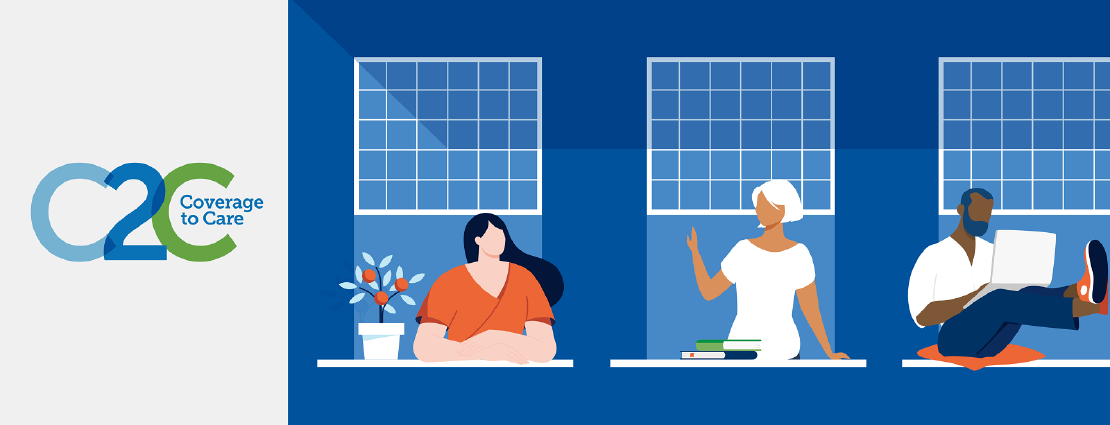Introduction
Limited healthcare access in rural areas of the United States is a pressing issue that affects millions of individuals and communities. In this blog post, we will delve into the challenges faced by rural residents in accessing healthcare services, the impact of limited access on their health outcomes, and potential solutions to bridge this healthcare gap. Understanding the unique barriers and exploring innovative strategies can help create a more equitable healthcare system for rural communities.
Challenges in Rural Healthcare Access
- Exploring the geographical, demographic, and economic factors that contribute to limited healthcare access in rural areas.
- Discussing the shortage of healthcare providers, including physicians, specialists, and other medical professionals, in rural regions.
- Highlighting the lack of healthcare infrastructure, including hospitals, clinics, and medical facilities, in remote areas.
Impact on Health Outcomes
- Examining the consequences of limited healthcare access on the health outcomes of rural residents, such as delayed or inadequate medical care.
- Discussing the higher prevalence of chronic conditions and disparities in preventive care in rural populations.
- Exploring the challenges faced by vulnerable populations, including the elderly, low-income individuals, and minority communities.
Telemedicine and telehealth initiatives to provide remote medical consultations and virtual healthcare services.
Strategies to Improve Healthcare Access
- Introducing potential solutions and strategies to address limited healthcare access in rural USA, including:
- Telemedicine and telehealth initiatives to provide remote medical consultations and virtual healthcare services.
- Mobile clinics and healthcare outreach programs to reach underserved rural communities.
- Incentives and programs to attract healthcare professionals to practice in rural areas.
- Collaborations between urban and rural healthcare providers for knowledge sharing and expertise exchange.
Policy and Funding Considerations
- Discussing the importance of supportive policies and adequate funding to improve healthcare access in rural areas.
- Highlighting the role of government initiatives, grants, and subsidies in incentivizing healthcare providers to serve rural communities.
- Advocating for policy reforms that address the unique needs and challenges of rural healthcare delivery.
Conclusion
Limited healthcare access in rural USA is a significant concern that requires concerted efforts from healthcare providers, policymakers, and communities. By recognizing the challenges, implementing innovative solutions, and advocating for policy changes, we can work towards a healthcare system that ensures equitable access to quality care for all, regardless of geographic location.



